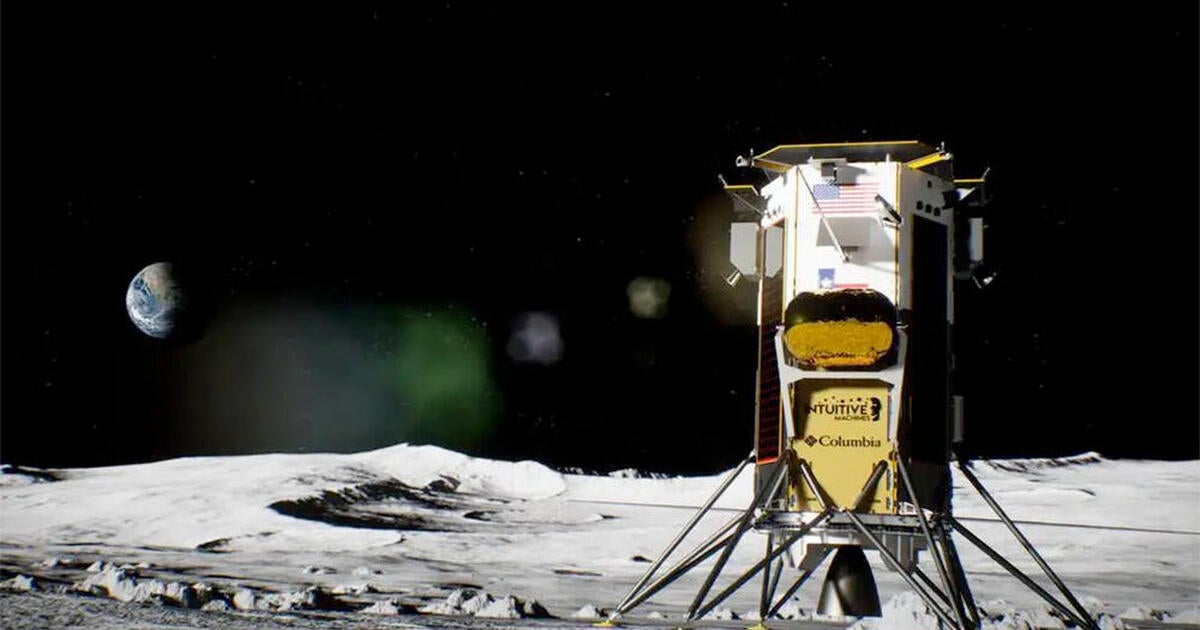Unveiling Athena: The Ambitious Lunar Mission Set to Discover Ice on the Moon
The exploration of our lunar neighbor has taken a significant leap forward with the upcoming Athena lunar mission. This groundbreaking endeavor aims to delve into the Moon’s surface, specifically targeting the elusive ice deposits that could reshape our understanding of lunar resources and their implications for future space exploration. As we stand on the cusp of this ambitious mission, it is essential to explore what Athena brings to the table, its objectives, and the potential ramifications of its findings.
What is the Athena Lunar Mission?
The Athena lunar mission is a well-crafted expedition designed to explore the Moon’s south pole region, a locale believed to harbor substantial ice reserves beneath its surface. Ice on the Moon is not just a scientific curiosity; it represents a critical resource for sustaining human life and fueling future missions to Mars and beyond. The mission is equipped with cutting-edge technology, including a robust drill, a versatile rover, and a unique rocket-powered “hopper” that will allow it to traverse the rugged lunar terrain effectively.
The Technology Behind Athena
At the heart of the Athena mission lies its innovative technology, which includes:
- Drilling System: The drill is designed to penetrate the lunar regolith to reach ice deposits. It can operate in extreme temperatures and varying soil conditions, ensuring that it gathers samples from the depths where ice is most likely to be found.
- Rover: The rover will serve multiple purposes, including transporting scientific instruments, conducting surface analyses, and relaying data back to Earth. Its design prioritizes mobility and adaptability, allowing it to navigate challenging landscapes.
- Rocket-Powered Hopper: This innovative feature sets Athena apart from previous missions. The hopper can launch itself into the air, covering greater distances in shorter timeframes, which is vital for exploring diverse locations around the lunar south pole.
Objectives of the Athena Mission
The primary objective of the Athena mission is to locate and analyze ice deposits on the Moon. However, its goals extend beyond mere discovery:
- Characterization of Ice: Understanding the composition and quantity of ice will provide insights into the Moon’s geological history and the processes that led to its formation.
- Assessing Resource Viability: Should substantial ice deposits be confirmed, Athena will evaluate their accessibility and potential for extraction, which is crucial for sustained human presence on the Moon.
- Demonstrating Technologies: The mission aims to test and validate new technologies that could be utilized in future lunar and Martian explorations, paving the way for more complex and ambitious missions.
The Importance of Ice on the Moon
Ice deposits on the Moon carry profound implications for future exploration:
- Life Support: Water is essential for human survival, and finding ice can provide a sustainable source of water for astronauts, reducing the need to transport supplies from Earth.
- Fuel Production: Ice can be converted into hydrogen and oxygen, which can be used as rocket fuel. This capability could enable deeper space exploration, such as crewed missions to Mars.
- Scientific Research: Ice samples can offer clues about the Moon’s past and the history of the solar system, including insights into the conditions that existed when the Moon formed.
Challenges Ahead for the Athena Mission
Despite its promising technology and objectives, the Athena mission faces several challenges:
- Extreme Environmental Conditions: The Moon’s surface is subject to drastic temperature fluctuations, radiation exposure, and micrometeorite impacts, which can affect equipment performance.
- Communication Delays: The distance between the Earth and the Moon creates inherent communication delays, complicating real-time operation and control of the lander and rover.
- Operational Complexity: Coordinating multiple systems (drill, rover, and hopper) simultaneously requires sophisticated algorithms and robust planning to ensure mission success.
Potential Impact of the Athena Mission
The potential impact of the Athena mission extends far beyond its immediate objectives. By successfully identifying and analyzing ice deposits, Athena could:
- Revolutionize Lunar Exploration: A new era of lunar exploration could dawn, encouraging more nations and private entities to invest in lunar missions.
- Enhance International Collaboration: As various countries work on their lunar programs, collaborative efforts could emerge, fostering a spirit of unity in the pursuit of knowledge and exploration.
- Inspire a New Generation: Successful missions like Athena can inspire young scientists, engineers, and explorers, igniting interest in STEM fields and the possibilities of space exploration.
Conclusion: A New Chapter in Lunar Exploration
As we stand on the brink of the Athena lunar mission, anticipation builds around its potential discoveries and their implications for humanity’s future in space. The mission represents a remarkable step forward in our quest to understand the Moon and utilize its resources. The search for ice on the Moon could not only alter the dynamics of lunar exploration but also pave the way for sustainable human presence beyond Earth.
In the grand tapestry of space exploration, Athena is poised to be a thread that weaves together science, technology, and the adventurous spirit of human inquiry. The knowledge gained from this mission may very well set the stage for future generations of explorers to look towards the stars with hope and ambition, further igniting our collective imagination about what lies beyond our home planet.
See more Future Tech Daily

